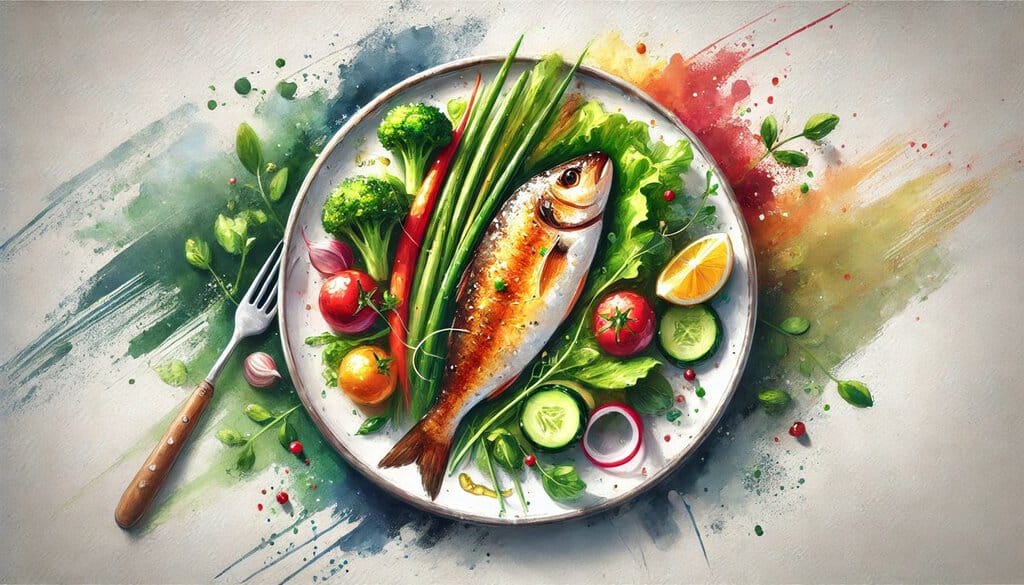Fish from aquaponics systems is generally safe to eat, but there are some important factors to consider regarding food safety and potential contaminants. Here’s an overview of the key points
Safety Considerations
Water Quality: The safety of fish from aquaponics largely depends on the quality of water in the system. Properly maintained aquaponics systems with good water quality can produce safe fish for consumption.
Contaminant Risks: Unlike wild-caught fish or those from potentially polluted waters, aquaponics fish are raised in a controlled environment, which can reduce exposure to certain environmental contaminants like mercury or PCBs that are often a concern with some wild fish species[4].
System Management: The safety of aquaponics fish relies heavily on proper system management, including:
- Regular water testing and quality maintenance
- Appropriate fish stocking densities
- Proper feed management
- Disease prevention and control measures
Potential Advantages
Controlled Environment: Aquaponics systems allow for greater control over the fish’s environment compared to wild-caught or some farmed fish, potentially reducing exposure to environmental pollutants[5].
Traceability: Fish from aquaponics systems often have better traceability, allowing consumers to know the source and conditions under which the fish were raised.
Considerations for Consumers
Local Regulations: Check if your local aquaponics producers follow food safety guidelines and regulations for fish production.
System Practices: Inquire about the practices used in the aquaponics system, such as water quality management, feed types, and any treatments used.
Fish Species: Some fish species may accumulate contaminants more readily than others. Consider the type of fish being raised in the system[1].
While aquaponics can potentially offer a safer alternative to some wild-caught or traditionally farmed fish, it’s important to note that no fish source is entirely without risk. Consumers should always practice good food safety habits, such as proper storage and cooking of fish, regardless of its source.
External sources:
[1] https://www.ncbi.nlm.nih.gov/pmc/articles/PMC8775502/
[2] https://www.ncbi.nlm.nih.gov/pmc/articles/PMC6390268/
[3] https://www.ncbi.nlm.nih.gov/pmc/articles/PMC10708026/
[4] https://www.ncbi.nlm.nih.gov/pmc/articles/PMC10535031/
[5] https://www.semanticscholar.org/paper/cdf4e3ec268ecaf99ccf230898897d9fcd6d1220
[6] https://www.ncbi.nlm.nih.gov/pmc/articles/PMC10140118/

